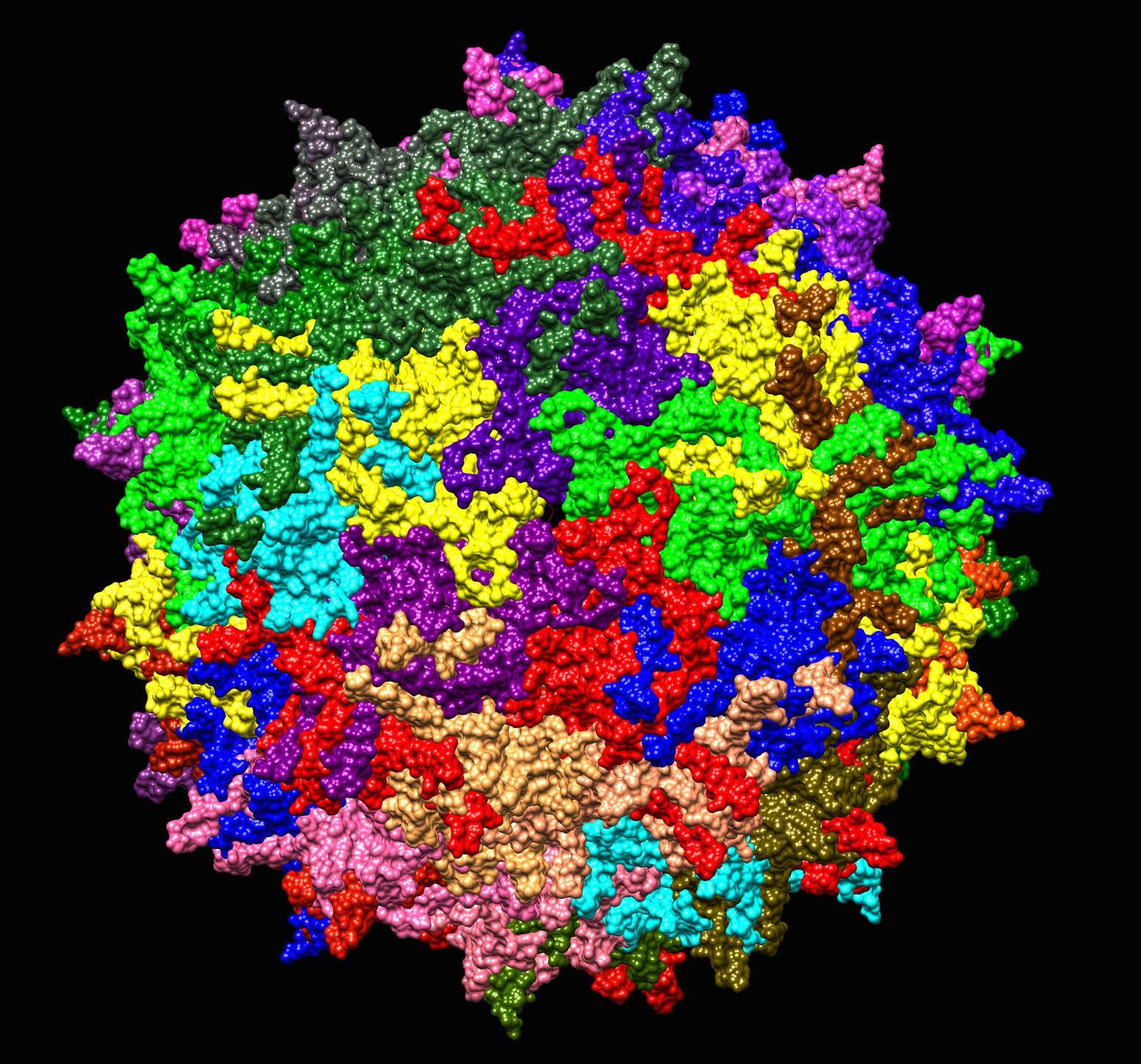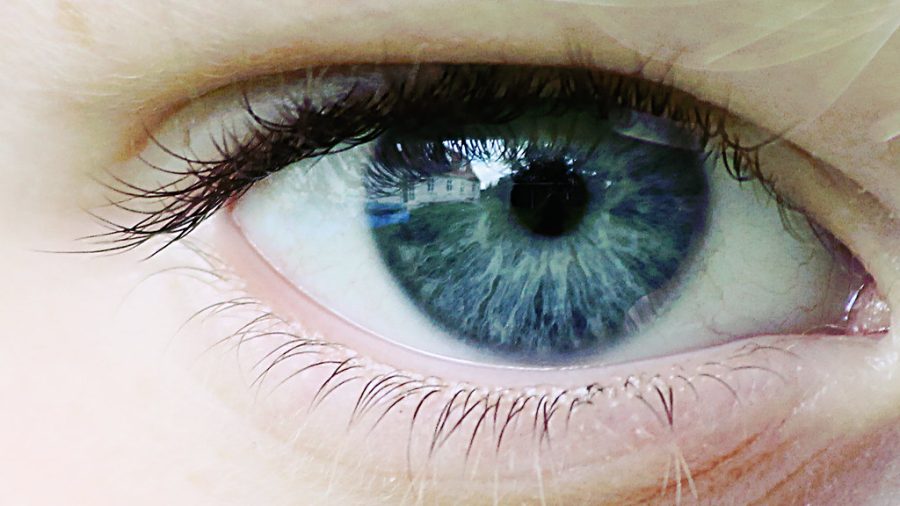How Color Blindness Could Be Cured Completely
Paving The Way To Improved Genetic Engineering
Color blindness affects one in every 200 women and one in every twelve men, so it’s definitely an issue that must be addressed. To describe what color blindness is, it isn’t where a person can only see objects in black and white, it’s where they way they see and experience colors is differently that a normal eye, their red-green color spectrum is altered.
About 99% of individuals with colorblindness have the red-green variety, so they can’t see the color red or green vividly. A red pepper and a green pepper could look identical, pills of varying colors could appear the same, and they may not be able to see the proper colored lights. Color blindness can limit many from pursuing the careers they aspire for, since they aren’t able to differentiate colors. However, there are being solutions created to cure this genetic disorder, and it’s paving the way to support the many in need.

In order to understand how to treat color blindness, where it comes from must be explained. At the back of the eye, there’s the retina, inside that are three photoreceptors cells called cones. One of the cones is more sensitive to red and colors with long wavelengths, one more sensitive to green and colors with medium wavelengths, and one more more sensitive to blue and colors with short wavelengths. Each of these cones has a photopigment used to perceive various colors on the color spectrum. All of these cones are encoded by two genes in the X-chromosome. If one of these genes is faulty, this could lead to color blindness. Females are less prone to color blindness since they have two sets of X-chromosomes. If there’s a faulty gene on one of the chromosomes, there’s a high chance that the correct genes on on the other X-chromosome, meaning that the individual would be unaffected. Males are more prone to color blindness since they only have one set of X-chromosomes. If the faulty gene is in this chromosome, there isn’t any spare genes. Since color blindness is a genetic disorder, in order to treat it, genetic engineering and gene therapy will have to be the way to go.

Scientists Jay and Maureen Neitz have found a way to correct faulty genes and cones by using gene therapy on male squirrel monkeys. Since all male squirrel monkeys are colorblind, in 1999 they decided to give it a shot at trying to cure this genetic disorder, and possibly find a way to cure it in humans. When on the trail to developing a cure to color blindness, finding where the faulty genes were was relatively simple, however, replacing those genes in the cone cells with the correct set of genes was the difficult part. Though a way to insert the correct set of genes into the cone cells and not other cells is by using viruses to force DNA into specific cells. The virus that Jay and Maureen Neitz used to alter the photoreceptor cells of these squirrel monkeys was the Adeno Associated Virus (AAV), and the best thing about it is, there isn’t an autoimmune response that against with it. Now prior to inserting the virus into the monkeys, two monkeys, Sam and Dalton, were tested on their color perception every morning by tapping the collection of red dots among the dark dots. The results shown from these tests was that they were unable to accurately detect the red splotch and were only able to touch it by chance. After multiple rounds of color blindness testing, they both went under a procedure where a vitro retinal surgeon placed a needle under their retinas and secreted a fluid that contained the virus. This fluid spread to the entirety their retinas in order to treat the whole back of the eye. While the results didn’t come immediately, this virus placed into the eye indeed altered the genetics of the squirrel monkeys, leading them to correctly press the red dots when undergoing the color blindness tests.

Using gene therapy to cure color blindness has paved the way to having color blindness treatment as a possibility. Many more studies throughout the entire world are being conducted to open the doors to more color blind individuals, leading them to live the lives they want to live. Jay and Maureen Neitz have also made gene therapy be made as simple as a little shot that goes into the eye, just like a vaccine would go into your arm. Color blindness affects people all over the world, so finding a one stop shot to altering your entire perception, for the better, is a extremely prevalent part of society.
RELATED STORIES:
https://hms.harvard.edu/magazine/art-medicine/color-therapy
https://www.nature.com/articles/news.2009.921
TAKE ACTION:
https://www.nih.gov/news-events/nih-research-matters/gene-therapy-corrects-monkey-color-blindness











